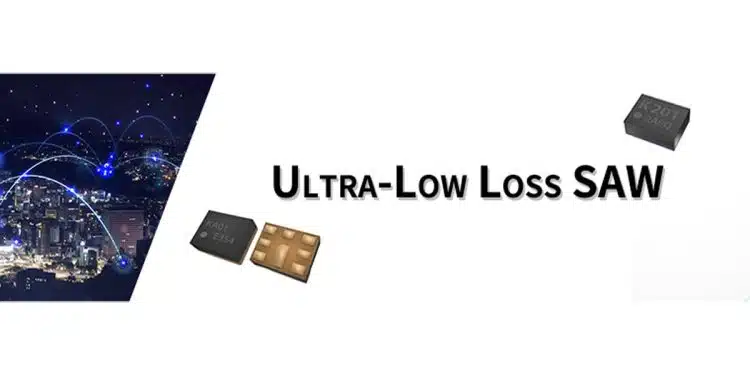KYOCERA introducing an Ultra-Low Loss SAW (ULL SAW), which achieves significantly lower loss and higher steepness than conventional products.
Importance of Insertion Loss
The most important performance required for a SAW device (filter) is insertion loss.
If the filter loss is large, power consumption and heat generation will increase. Therefore, it is necessary to reduce the loss as much as possible when passing the filter and extracting the signal in the desired frequency band.
On the other hand, due to the transition to 5G and the increasing complexity of circuits, problems such as increased circuit losses and interference between adjacent frequency bands have become more important.
To solve these problems, Kyocera has developed a filter that achieves significantly lower loss and higher steepness than conventional products by using its proprietary low-loss technology.
Features
- Significantly lower loss than conventional products
- High steepness
- Applications
- Communication Devices
































